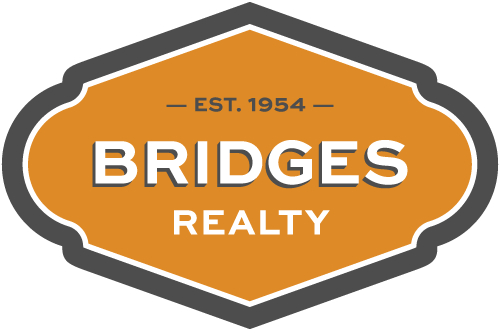Looking for a simple way to determine if a rental property will give you the rate of return you want? This modified annual property operating data may be just what you've been looking for.
Investors consider many different rates of return to determine whether a property will generate the yield that they expect. Sometimes the simplest of calculations can tell you whether you want it or not, and if you get the other things like tax advantages and appreciation, it just makes it that much better.
The first yield we will look at is commonly called the Cash-on-Cash rate of return. It is calculated by dividing the initial investment, usually down payment and closing costs, into the Cash Flow Before Tax.
To arrive at Net Operating Income, take the gross scheduled income, less vacancy allowance, and all operating expenses. From that is deducted the annual debt service, which is the principal and interest payment times twelve. The remaining amount is referred to as Cash Flow Before Tax.
In this example, the initial investment of the down payment and closing costs, $66,000, was divided into the Cash Flow Before Taxes of $5,468 to get an 8.28% Cash-on-Cash rate of return.
The second yield to be considered is called Equity Build-up. Each payment made on an amortizing mortgage pays a portion toward the principal balance to retire the loan. It is calculated by dividing the initial investment into the principal contribution for the year.
Continuing with the example, $66,000 is divided into the principal reduction for year one of $4,606 to get a 6.98% Equity Build-up rate of return.
This approach is easy to understand because you're not considering depreciation, anticipated appreciation, holding period, recapture of depreciation, or long-term capital gains. Simply rent the property, pay the bills, and pay a return on the initial investment if there is money left over.
The same goes for the Equity Build-up. When you make the payment on the mortgage, the loan is reduced, and while you don't have access to the money like cash flow, it is your equity and tangible.
To determine whether an ROI on a rental is reasonable, compare it to what your initial investment is earning currently. Ten-year treasuries are earning less than 2%. Certificates of deposit are earning less than 1%.

